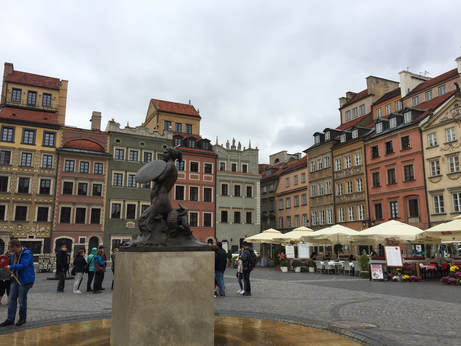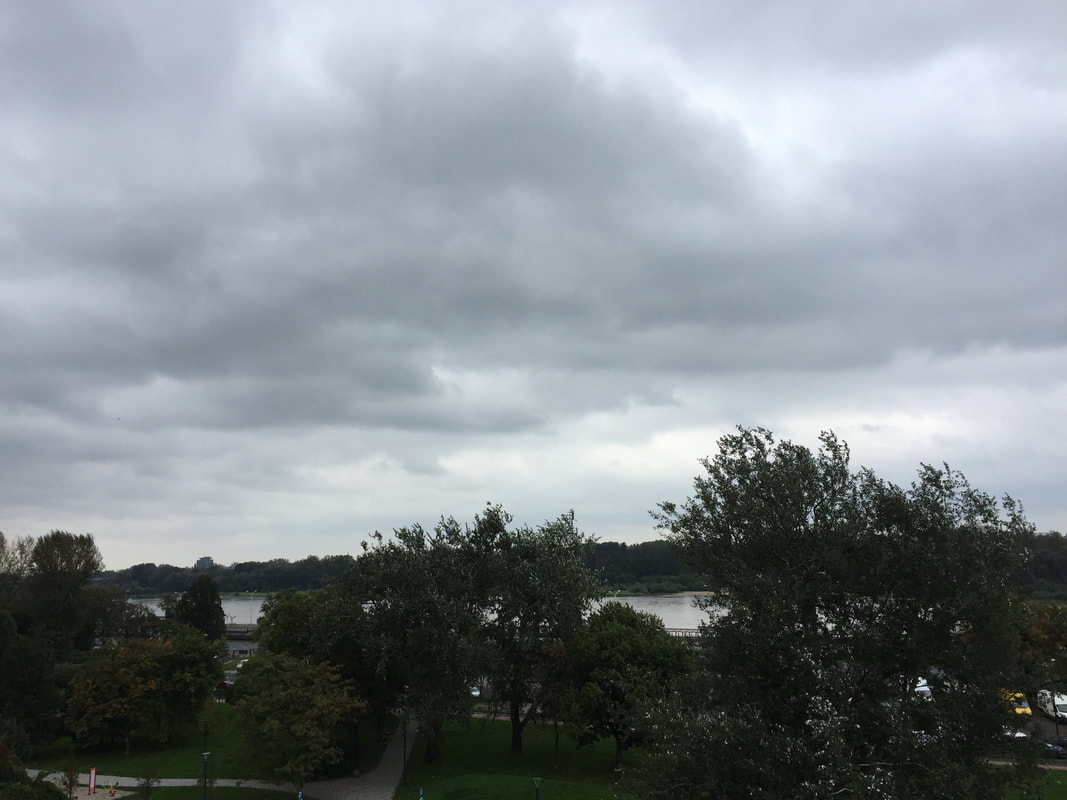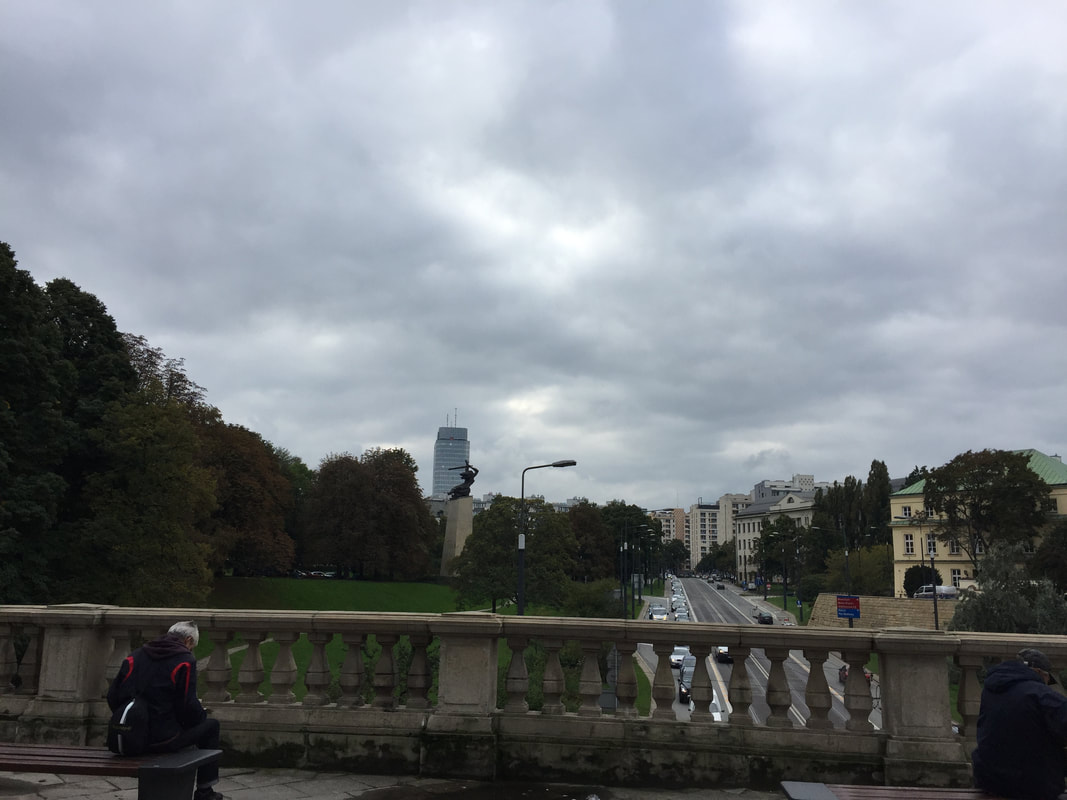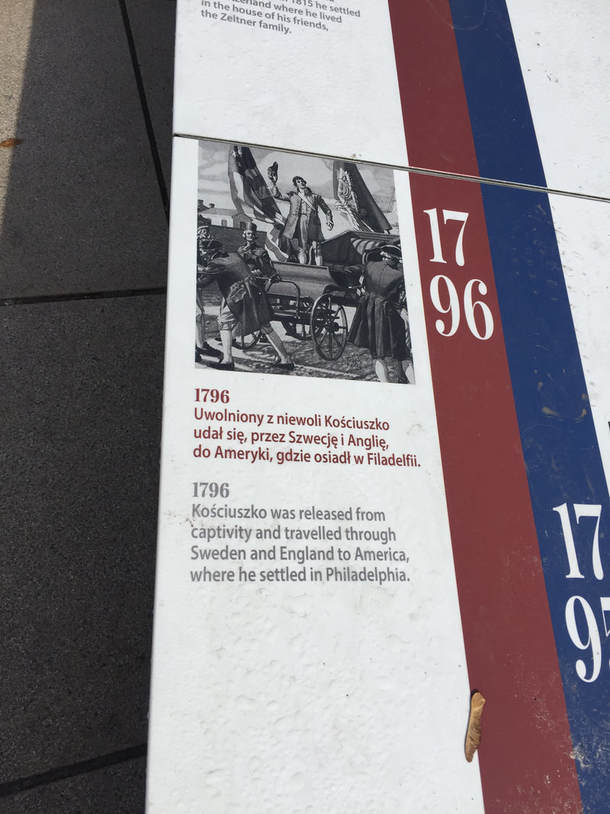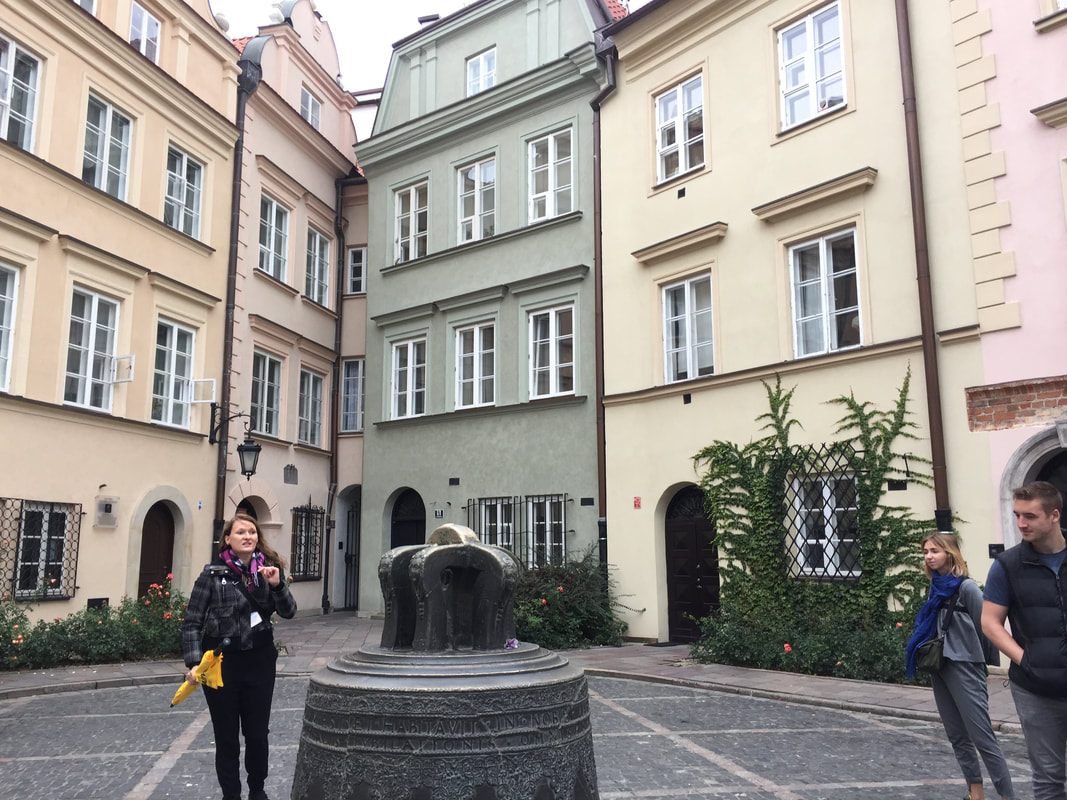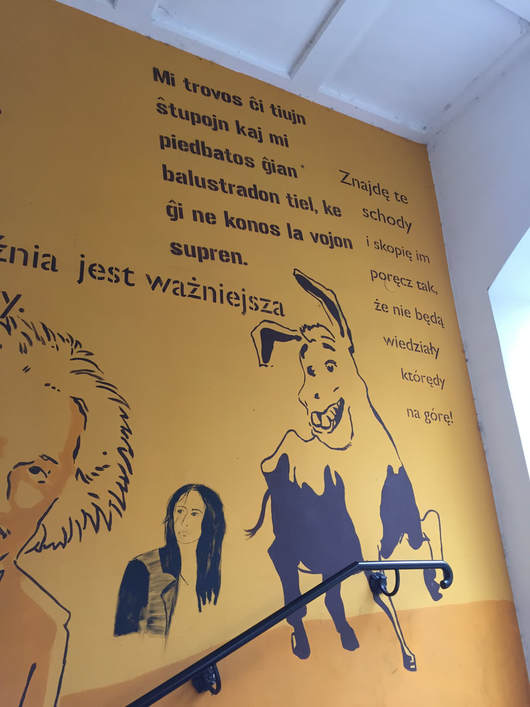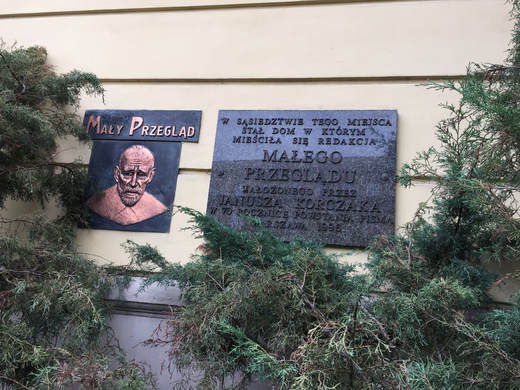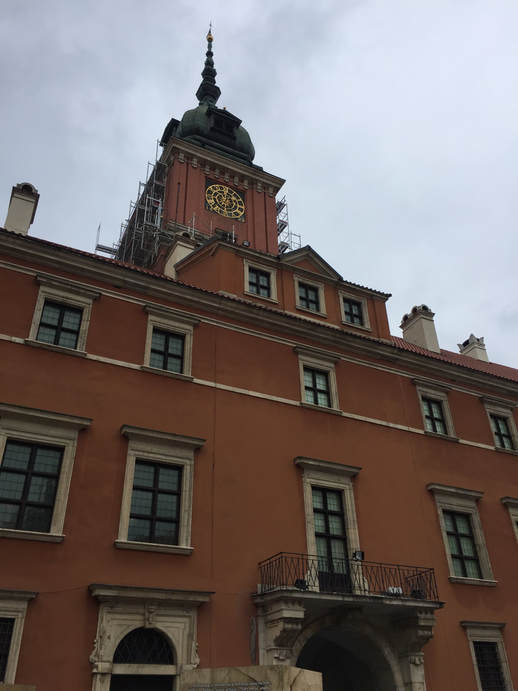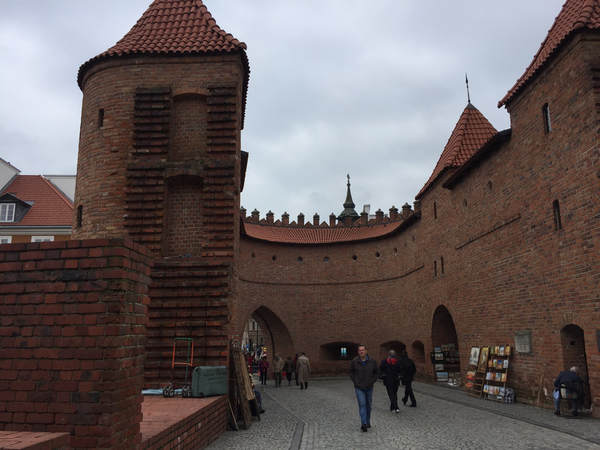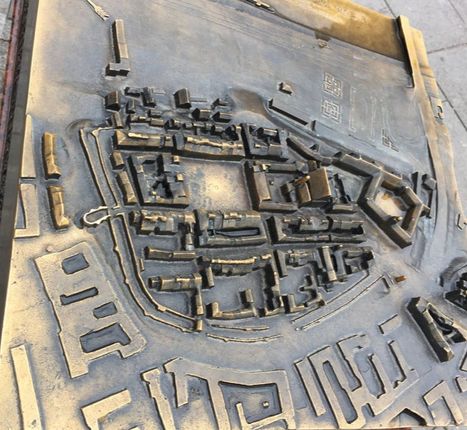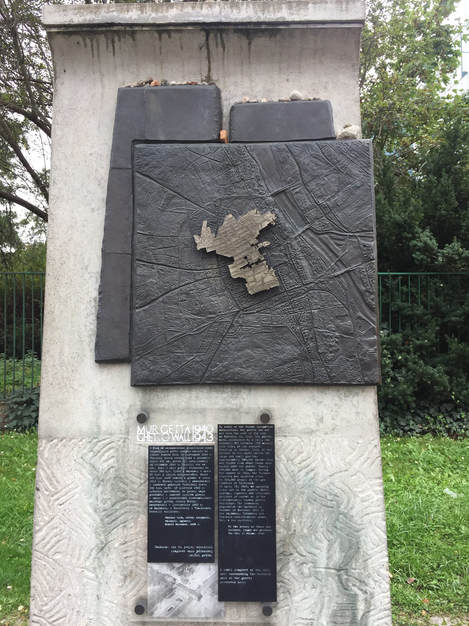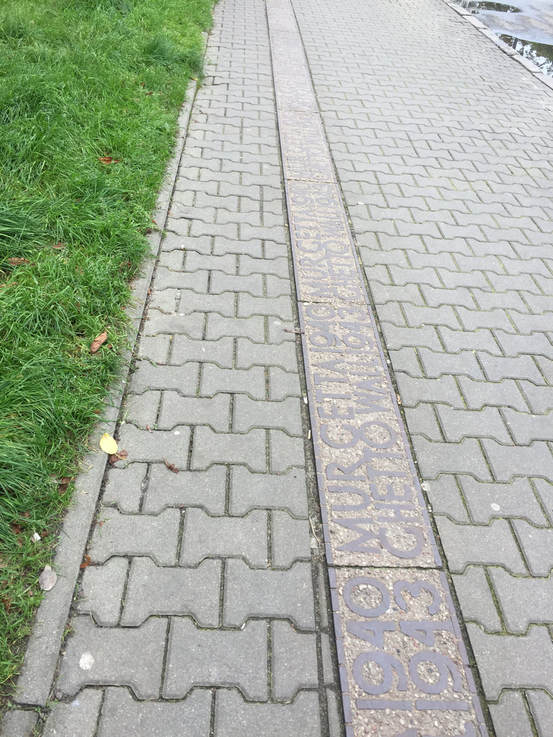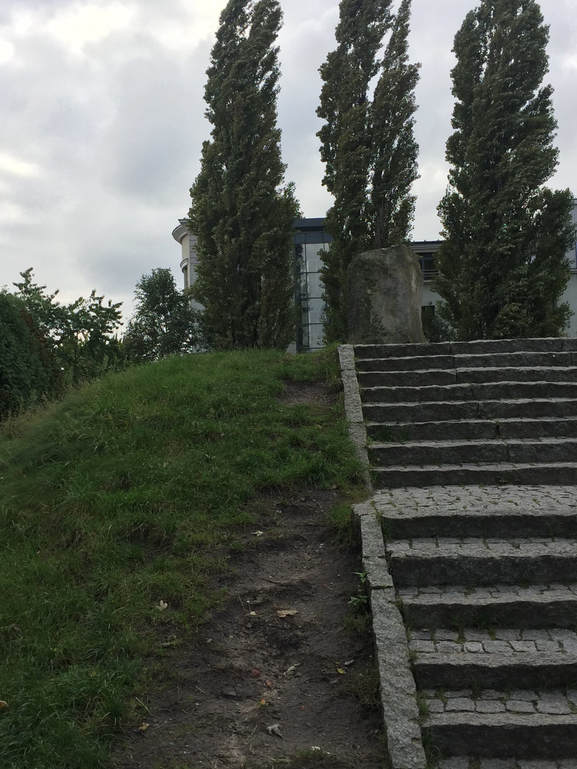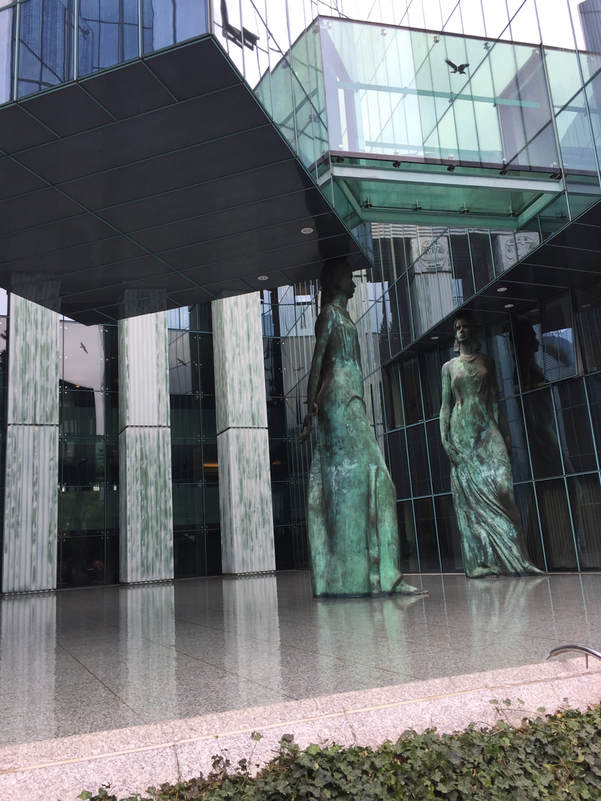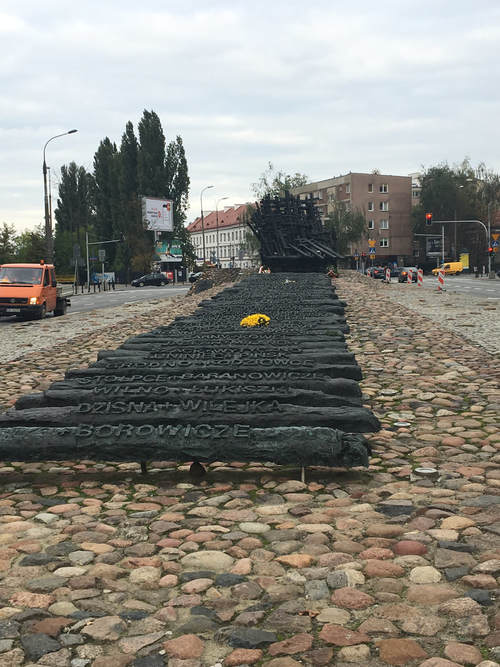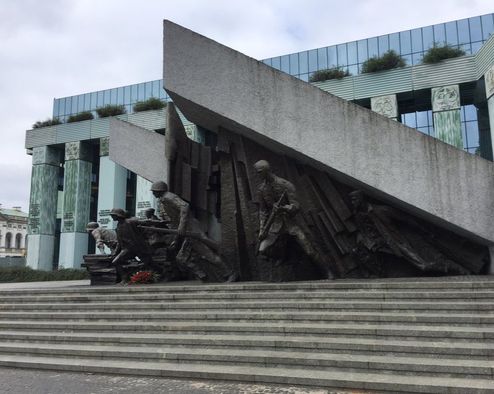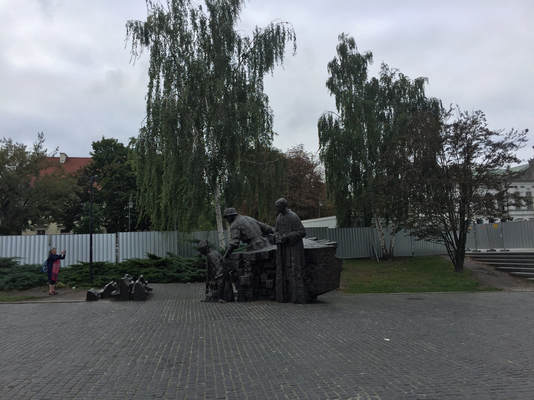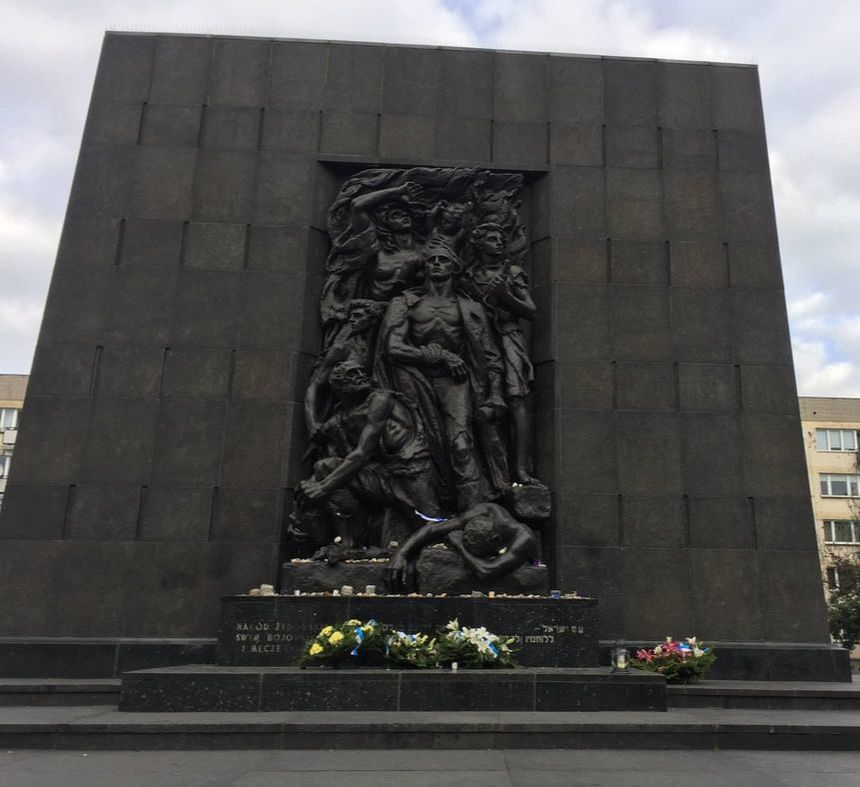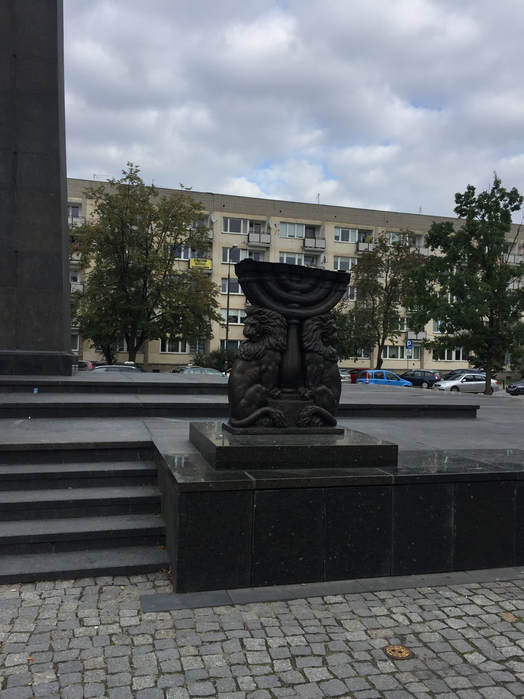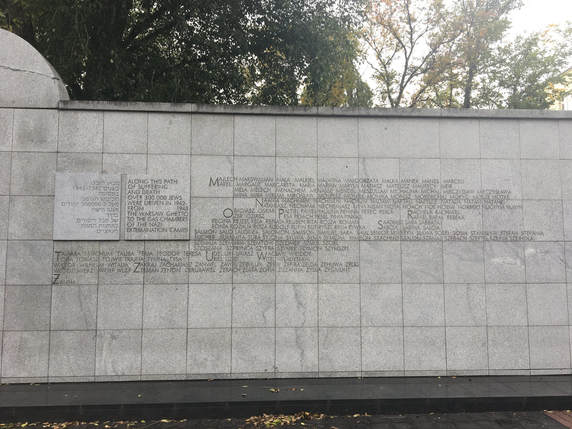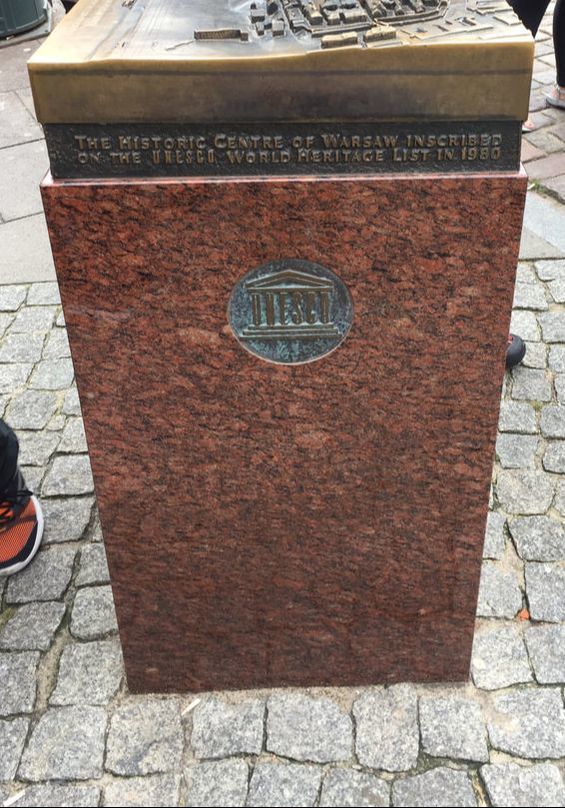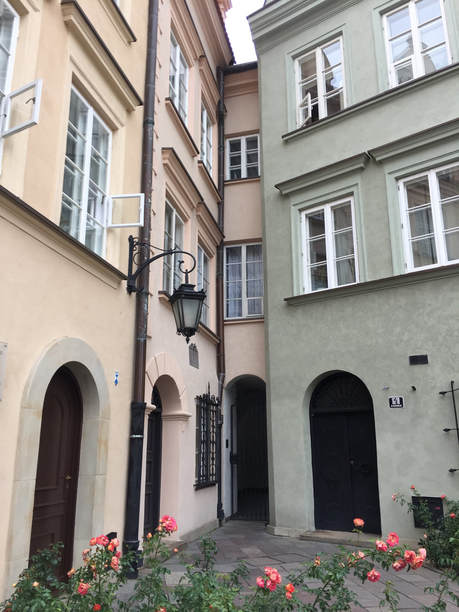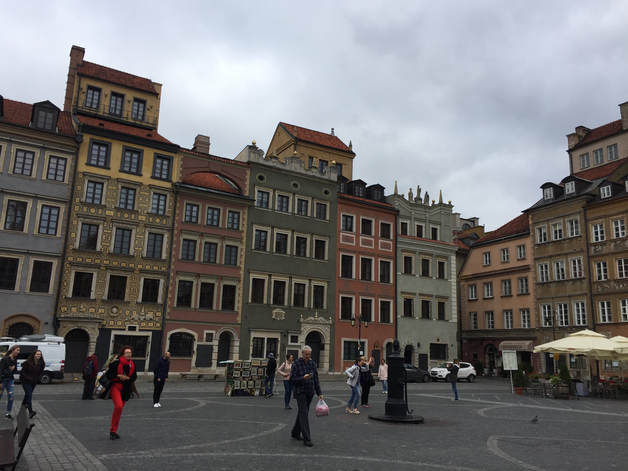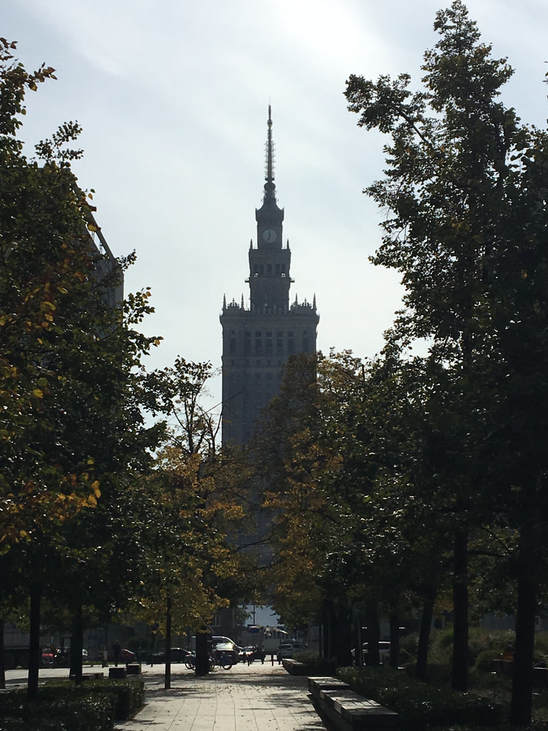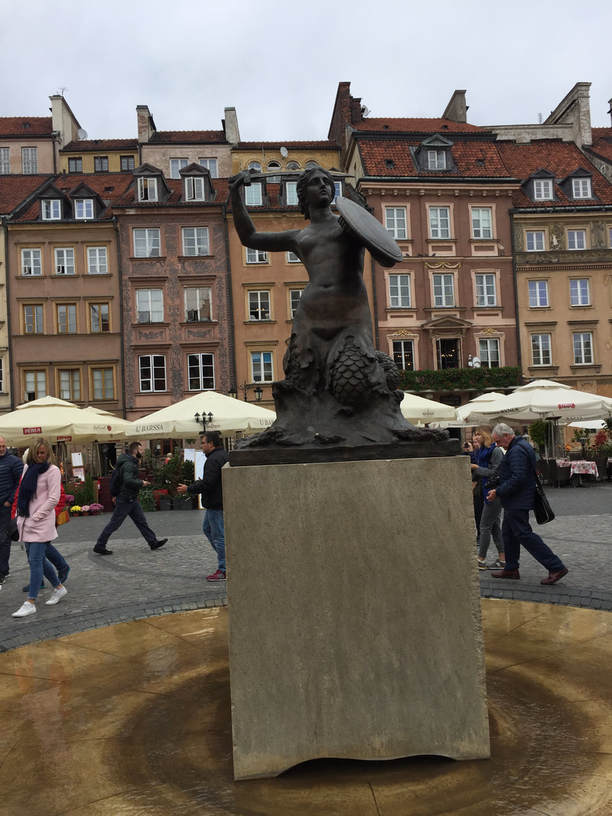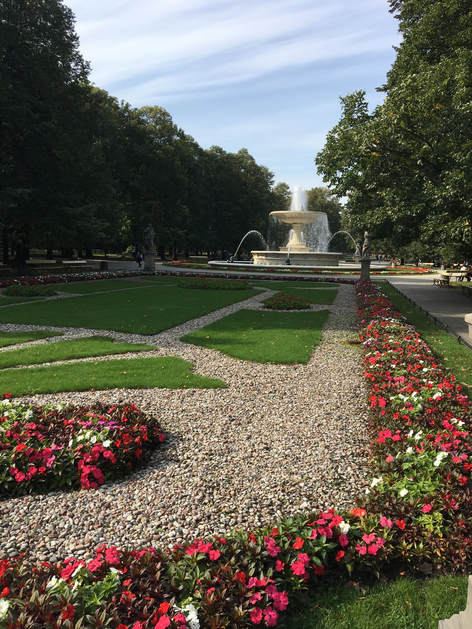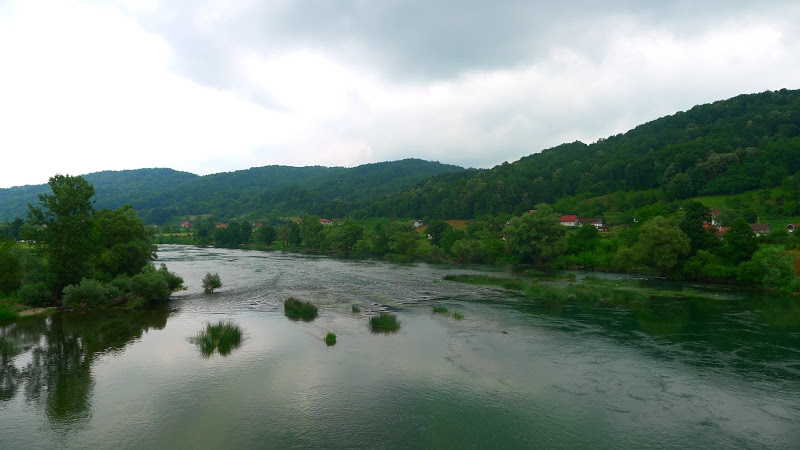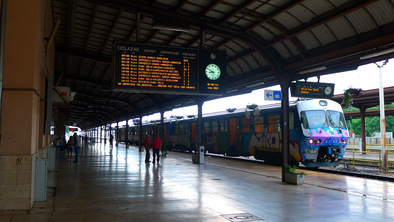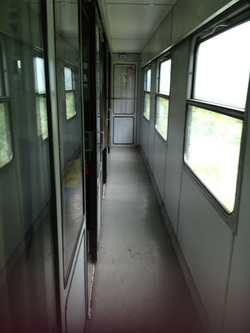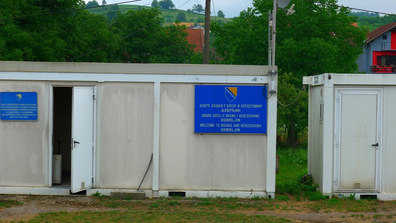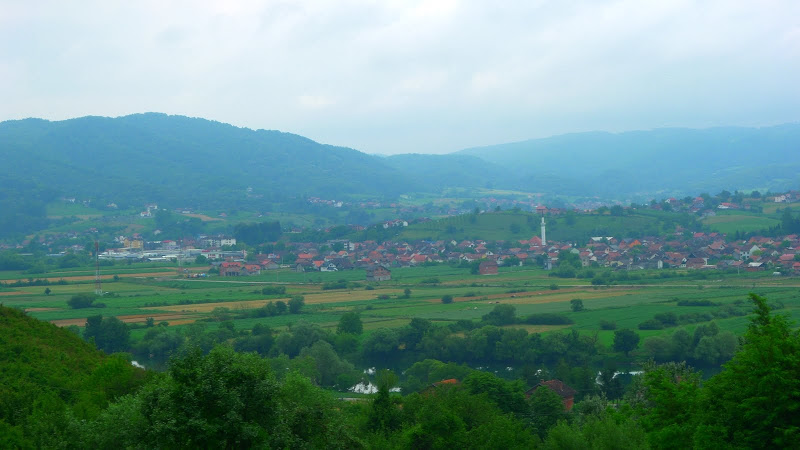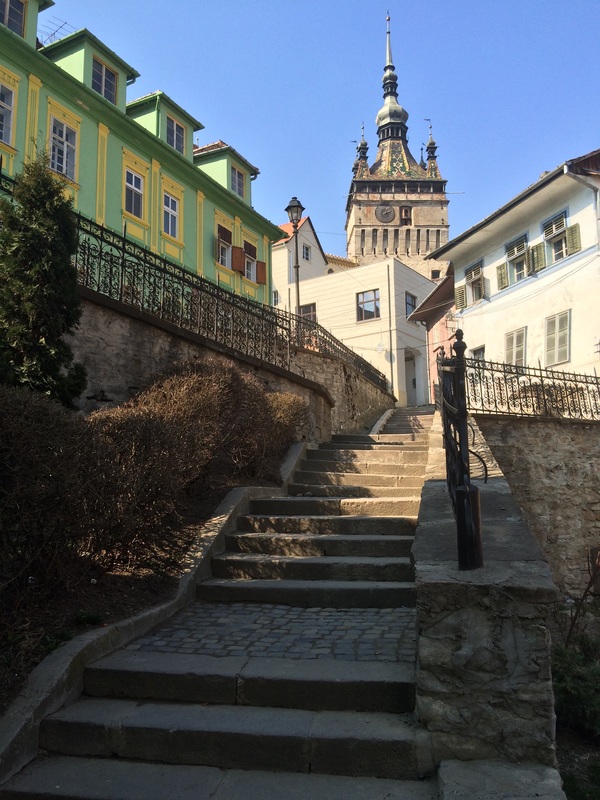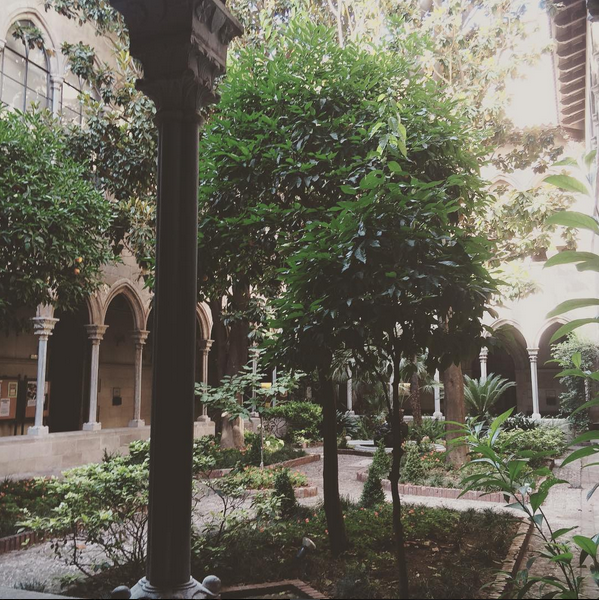 It’s Tony Awards Weekend! Thoughts and Hopes and Prayers and Stuffby Randi / June 8, 2018
It’s Tony Awards Weekend! Thoughts and Hopes and Prayers and Stuffby Randi / June 8, 2018
This lady above was our guide in the Old Town for the first tour, and then for the World War history tour (the big long most important one) we had a young man take over. Both were very good (but the boy was my favorite) and both told us that they were newly engaged (not to each other), because every single guide in every single free walking tour we’ve ever taken, across the globe, has told us that they were newly engaged (I think as a ploy to get more tips, but like, no harm no foul, get that paper.)
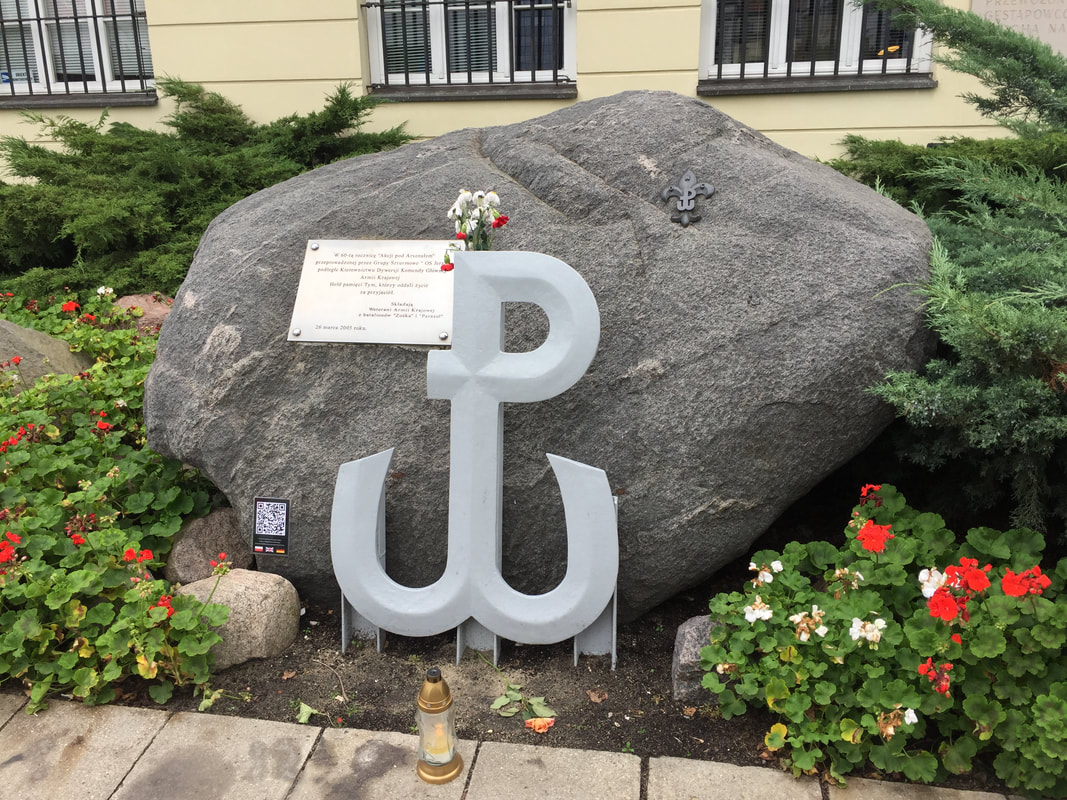
While this fighting occurred inside the walls, outside the walls the Germans were attacked at various points by Polish resistance groups. However, the numbers of fighters in and outside the Ghetto kept falling, and eventually there was no organized defense left, just survivors who hid in the sewers and dugouts referred to as bunkers.
The Nazis searched out these hiding places and would smoke or flood the inhabitants out, or just use explosives on the area. One of these dugouts was the infamous Mila 18, with approximately 300 people inside, including smugglers and ZOB commanding officers. The smugglers surrendered to the Nazis, but the ZOB command refused to move. The Nazis threw tear gas down into the bunker, and a few people managed to escape uncaught, but the rest committed mass suicide by ingesting cyanide instead of surrendering to the Nazis.
At this point in the tour, an (white female (always) (dammit)) American woman asked the tour guide “Why didn’t the Jews just fight back when this all started??” All the decent people gave her side eye and the guide explained that the events didn’t just jump from zero to murder in a day. The oppressors, like all oppressors, started small, with sacrifices you couldn’t really risk everything fighting against when it seemed like something you could live with. Then the oppressors would add something else to the mix, and the same question is asked of you: is this the breaking point, or will it be okay? Most people think things will be okay for them, that things couldn’t get too out of hand in modern society. But soon you’re faced with a pile of small atrocities stacked on top of each other and the stack leads to complete injustice and horror, and by that point it’s too late to do much. We visited Warsaw many months ago, and even then I was shocked that the lady didn’t realize that the same thing was happening in the USA. I wonder if she can see today how ignorant she sounded, or if she realizes that we’ve reached the point she was talking about, when people should be fighting back. Every day, the leaders of American chip away at the rights of citizens and innocent people, and they degrade our institutions so much that our checks and balances are now a joke, a joke that for the most part they are in control of. But aside from trying to fight back civilly (in the courts, with fundraising, with calling offices), no one is rioting in the streets or risking their lives to fight it. We excuse it day by day as something we can live with, something that we will change when decent people are back in power. But look at what the incremental nature of these injustices has led to. There are literally babies being snatched from their families and locked up in cages. And we are not rioting in the streets for them. Is this the point when we should be? If we don’t, will it be too late to fight against what happens next? I am scared of what will happen next as I’m sure all decent people who aren’t morally bankrupt are, but I’m also scared of what’s happening now and what’s already happened. We’re supposed to study history in order to learn from it and not repeat the mistakes of the past, but that’s hard to do when people who want to repeat history are in charge.


